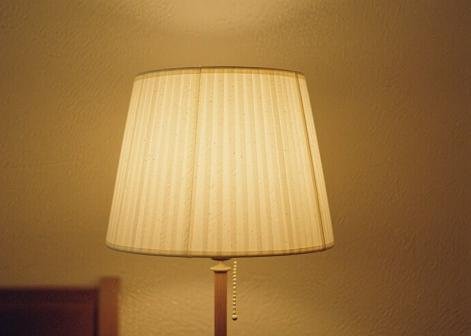When it comes to home decor, there’s one underrated element that has the power to transform a space instantly: the lampadaire. Yes, that standing fixture tucked away in the corner might seem like a minor player, but in reality, it’s a design heavyweight. Whether you’re aiming for moody sophistication, bright productivity, or soft ambient glow, a thoughtfully chosen lampadaire can deliver.
So what makes the humble lampadaire such a game-changer? Let’s shed some light on it (pun intended).
The Unexpected Power of a Floor Lamp

Interior designers often talk about “layered lighting” — a combination of ambient, task, and accent lighting. A lampadaire is unique in that it can serve all three purposes at once. It creates ambiance, offers focused task lighting for reading or working, and adds a sculptural element to your decor.
Imagine this: you’re sitting in a dim room with overhead lighting casting harsh shadows. Now, imagine the same room with a warm lampadaire next to your reading chair. Instantly, the atmosphere shifts. Cozy. Inviting. Balanced.
Types of Floor Lamps: Choose Your Style

There are countless types of floor lamps, each with their own personality and purpose. Here are a few common ones to consider:
- Arc Floor Lamp: With a long, curving arm that extends over furniture, this design is modern, elegant, and perfect for overhead light without ceiling installation.
- Tripod Floor Lamp: Featuring three legs, often in wood or metal, this lamp has a mid-century or Scandinavian vibe.
- Torchiere Floor Lamp: Named after the French word for “torch,” this lamp directs light upwards, reflecting off the ceiling for a soft, overall glow.
- Task Floor Lamp: Designed for precision, these lamps focus light exactly where you need it—perfect for reading or crafts.
- Shelf Floor Lamp: Combining lighting and functionality, these lamps double as small shelving units for plants, books, or decor.
The beauty of the lampadaire lies in its versatility—it’s both a form and function marvel.
Where to Place a Floor Lamp for Maximum Impact
Placement is everything. A poorly placed lampadaire can be awkward, while strategic positioning can elevate a room. Some winning spots:
- Next to a reading chair or sofa: Ideal for task lighting while keeping the space cozy.
- Behind or beside the TV: Reduces screen glare and adds ambient light.
- In a dark corner: Softens harsh shadows and balances the room’s light distribution.
- Near a mirror: Enhances brightness by reflecting light, making the room feel larger.
Always consider plug-in proximity and visual balance when placing a lampadaire.
Matching a Floor Lamp with Your Home Decor

You don’t need to be an interior design pro to choose the right lampadaire. Here’s a cheat sheet for styling:
- Minimalist Room? Go for sleek, simple metallic or matte black.
- Boho Style? Try woven shades, rattan, or warm wood.
- Industrial Vibes? Exposed bulbs and iron finishes do the trick.
- Classic Elegance? Crystal or brass floor lamps add a luxe feel.
Color temperature also plays a big role. Soft white bulbs (2700K–3000K) bring warmth, while cool white (4000K+) gives a cleaner, modern feel.
Energy Efficiency and Smart Features
Modern floor lamps go beyond design—they’re smart, too. Many models now come with:
- LED bulbs that use less energy and last longer.
- Touch controls and dimmers for perfect ambiance.
- Smart-home integration with Alexa or Google Assistant for hands-free control.
It’s not just about aesthetics anymore; it’s about how your lamp fits into your lifestyle.
Conclusion: Your Room’s Missing Piece
The lampadaire is more than a lighting solution—it’s a design opportunity. It enhances mood, style, and functionality. Whether you live in a compact apartment or a spacious home, the right lampadaire can tie everything together.
Don’t overlook it. Embrace it.
FAQ: Floor Lamp
Q1: What size floor lamp is best for a small room?
A1: Go for a slender design with a smaller base. Arc or tripod lamps work well without overwhelming the space.
Q2: Can a floor lamp replace ceiling lighting?
A2: Yes! With the right lumen output and strategic placement, a floor lamp can serve as the primary light source.
Q3: Are LED floor lamps worth it?
A3: Absolutely. They save energy, emit less heat, and last significantly longer than traditional bulbs.
Q4: How tall should a floor lamp be next to a couch?
A4: Ideally, the light source should be at eye level when seated—usually between 58–64 inches tall.

